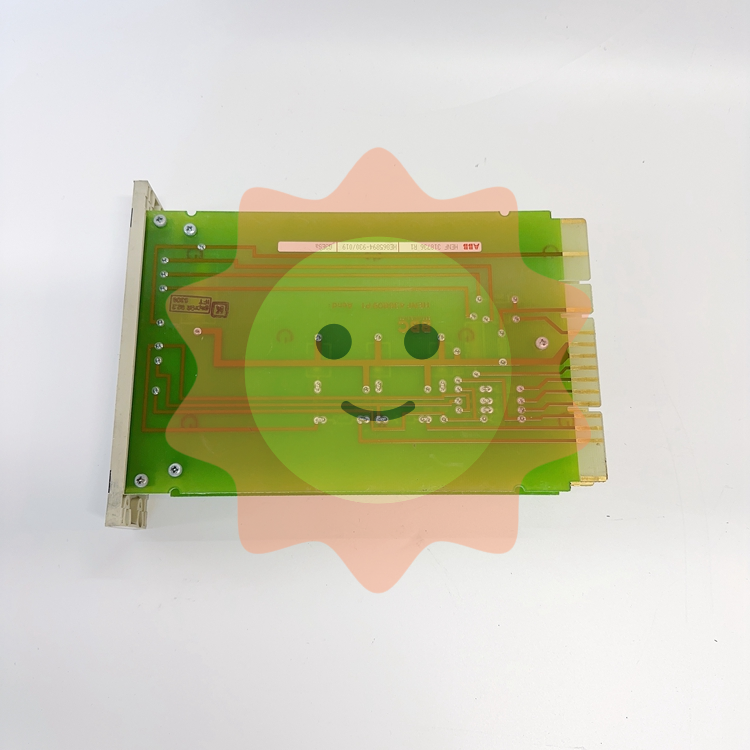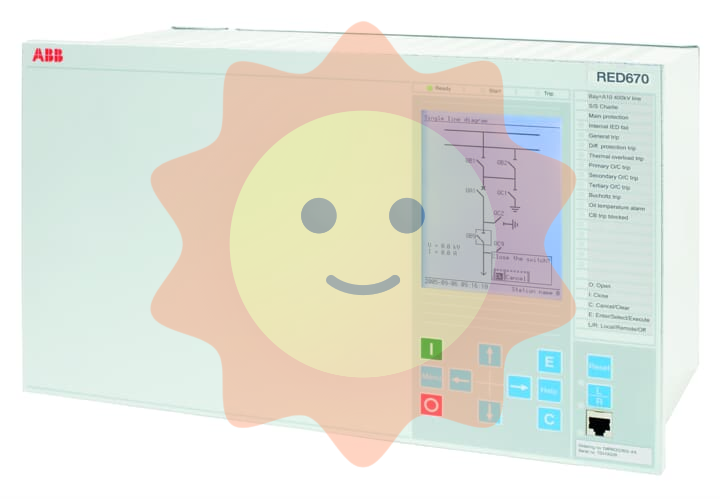The situation, opportunity and challenge facing the new era of paper industry
China's paper industry has bid farewell to the shortage era and entered an era full of challenges and changes, the potential economic growth space supported by resources, energy, environment and other factors has declined significantly, and a new round of industrial restructuring and international division of labor are underway. China's paper industry still has a series of problems such as unreasonable product structure, structural and periodic excess of some products, increasing dependence on external raw materials, weak technological innovation ability, excessive number of small and medium-sized enterprises and low information level, resource utilization efficiency and environmental governance ability, which need to be solved during the transition period. Paper market demand capacity still has a certain development and adjustment space.
The basic positioning and characteristics of paper industry
The paper industry includes pulp manufacturing industry, paper industry (including machine-made paper and cardboard, handmade paper, processed paper), paper products manufacturing industry, is closely related to the national economy and social development and has the characteristics of sustainable development of the important basic raw material industry.
Paper consumption is directly and indirectly affected by all areas of the whole society, and is closely related to national economic security, and the consumption level of paper and cardboard is an important sign to measure the degree of a country's economy and civilization.
Papermaking industry takes wood processing residues, bamboo, reed, agricultural straw and other industrial and agricultural wastes and waste paper as raw materials, which is an important industry with sustainable development characteristics and green and low-carbon characteristics in China's national economy.
China's paper industry is facing the world's largest and most potential development of paper and cardboard domestic consumer market and the world's main manufacturing location, China's paper and cardboard consumption accounts for about 1/4 of the global total, accounting for Asia's total consumption of 1/2.

Strategic transformation period
-- A time full of challenges and changes
The development of paper industry is in an important strategic transition period
At present, China's paper industry has bid farewell to the shortage era and entered an era full of challenges and changes. The growth mode supported by resources, energy, environment and other factors in the past is changing, and the potential room for economic growth is significantly reduced. A new round of industrial restructuring and international division of labor is under way, especially the transfer of manufacturing from developed and developing countries, but also intensified trade disputes between countries.
China's paper industry still has a series of problems such as unreasonable product structure, structural and phased excess of some products, increasing dependence on external raw materials, weak technological innovation ability, large number of small and medium-sized enterprises and low information level, resource utilization efficiency and environmental governance ability, which need to be solved during the transformation period. Paper market demand capacity still has a certain development and adjustment space. China's per capita consumption of paper and cardboard and developed countries still have a certain gap, which is the potential for growth.
The situation facing
◆ Facing the change of market environment
(1) After achieving the basic balance between supply and demand of the paper industry in China, the double pressure of the decline in demand growth and the saturation of some product markets.
(2) Changes in demand structure and marketing model.
(3) The survival of the fittest will be further intensified, and some enterprises will withdraw from the market.
(4) Trade protection is likely to escalate, such as the recent Sino-US trade war.
(5) The acceleration of the process of market environment change.
(6) The trend of global economic integration and the increasing regional economic development and change, Southeast Asia and other regions are developing rapidly.
China's paper industry volume is large, the demand for bulk products is huge, the industry is facing the pressure of ensuring supply, and China's domestic supply and demand will also cause obvious impact on the international market.
◆ Facing the change of development mode
In the short-term era of products, relying on scale expansion can also achieve growth, but it is now unsustainable, and it is necessary to return to the track of rational and stable development from the extraordinary development of production capacity.
We will improve the quality of development and shift to market-oriented and high-end industries.
The paper industry needs to pay more attention to changes in market demand and operational efficiency, reduce development costs, grasp the balance between investment scale, investment opportunity and consumption growth, change the original inertia thinking, and prevent blind expansion and repeated construction.
Face the inevitable trend of green development
Domestic prominent resources, energy, environmental bottlenecks and major changes in consumption structure have forced the industry to change to a green development mode.
The industry faces fierce competition for global resources, markets and capital, as well as more obvious green barriers to product trade.
The situation requires the industry to give full play to the characteristics of the circular economy and the green and low-carbon attributes of plant raw materials, rely on technological progress, innovate the development model, and implement the sustainable development strategy.

Structure, resources and environment
At present, the paper industry needs to face three major challenges
The challenge of structural adjustment
◆ Enterprise structure
Under the inertia thinking of quantity leading and scale expansion, paper production capacity is still rapidly accumulating and expanding; In the situation of increasing industrial concentration, scattered small and medium-sized production capacity is also expanding; How to form an industrial organization structure in which large enterprises are prominent and the proportion of small and medium-sized enterprises is reasonable; How to effectively prevent blind expansion of production capacity on the basis of ensuring domestic demand and supply is the major challenge facing us at present.
At present, because of the problem of waste paper raw materials, government departments have investigated the domestic waste paper pulping and paper production capacity under construction, approved and approved, and the new production capacity has reached more than 40 million tons, and the total investment has reached more than 150 billion yuan. This is a strong early warning signal to the industry, for projects that have been approved but have not yet been built, to decide carefully.
◆ Product structure
The product homogenization phenomenon is serious, and the differentiation and functionalization ability are insufficient; Not fully formed to meet the needs of the diversified consumer market, the formation of high, fine, special, differentiated product structure.
In the face of the growing needs of the people for a better life, actively cultivate and guide the market from the supply side, especially the processing paper and paper products manufacturing industry, which needs to accelerate the optimization of variety structure and improve product quality; Strengthen varieties and brand cultivation, publicize the quality of the brand and the green concept of the industry to the society, and narrow the gap with international varieties and brands.
◆ Raw material structure
The contradiction between supply and demand of raw materials is prominent, and the degree of external dependence is increasing year by year. In the early days of reform and opening up, China's external dependence on raw materials was less than 5%, and now the imported wood pulp, waste paper and wood chips have been converted to external dependence of more than 50%, increasing the risk of industry operation.
The change of raw material policy still has long-term uncertainty, which brings trouble to the decision-making of enterprises.
The bottleneck of domestic raw material resources has not broken through, the amount of available resources is limited, the amount of domestic resources and the proportion of raw materials are declining, and the proportion of pulp produced by domestic wood raw materials and non-wood raw materials is less than 10%, and there is a downward trend.
The pulp made from imported wood chips, imported commercial pulp, imported waste paper, imported finished paper and waste paper generated by paper products jointly support domestic paper production and supplement domestic waste paper cycle losses, or theoretically, most of the fiber content of domestic recycled waste paper originally comes from plants growing abroad and maintains the quality of domestic waste paper.

The amount of domestic waste paper recycling is close to the theoretical recyclable amount, such as household paper and other products can not be recycled. In addition, each year with the products exported to foreign countries, packaging paper, instructions and other products are far more than imports. It is estimated that more than 30 million tons of paper are exported to foreign countries with products each year, while less than 10 million tons of paper are imported into the country. If you continue to increase the amount of recycling, it is possible to recycle some paper that cannot be recycled, or add a lot of impurities. If the supplement is insufficient for a long time, the domestic recyclable amount, the quality of waste paper and the proportion of waste pulp varieties will not be maintained.
The balance between various types of pulp, such as the balance of semi-chemical pulp itself, is mainly applied to corrugated base paper. Now the domestic basically shut down, the only supplement is foreign waste paper, if this part of the source is not, it will affect the production of domestic corrugated paper. The product quality of corrugated paper will decline, which will affect the downstream packaging industry.
Environmental challenge
◆ Natural environment
In the face of increasing environmental protection requirements, increasing law enforcement efforts, and increasing environmental investment challenges;
Facing the challenges of changes and uncertainties in regional and watershed access policies;
In the face of the challenges of long-term environmental governance goals to enterprise development.
◆ Social environment
Social and institutional misunderstanding of the paper industry is deepening, the voice of the industry is not very strong, and some government agencies and media do not understand our industry.
The trend of trade protection and intensified trade frictions in the international market.
The awareness of corporate social responsibility and the social image of the industry urgently need to change, which is the challenge that enterprises need to face. In July last year, the China Paper Association launched the preparation of the industry social responsibility report, and through our efforts, the government, the public and the media took the initiative to introduce the industry and establish a positive image.
The upstream and downstream industries lack the necessary communication understanding and collaboration integration. Recent fluctuations in the price of waste paper have also deepened misunderstandings between industries.

Opportunity - derived from challenges
In the face of the world's largest and most promising paper consumption market, there is no opportunity without facing challenges. The industry needs to unite together to face the challenges and fulfill the mission given by The Times.
(1) Improve the quality, increase the variety, and strive to meet the people's growing needs for a better life;
(2) Experiencing pains, making the industrial structure more reasonable through adjustment, and seeking long-term development scientifically and rationally;
(3) Establish industry and social responsibility awareness, change social misunderstanding, and enhance the image of industry enterprises;
(4) Enhance the ability to innovate, improve the quality of industry and enterprise development and economic benefits;
(5) Make efforts to effectively prevent and control pollution and reduce the consumption of water resources and energy;
(6) Promote the paper industry to achieve a strategic change from large to strong, build a modern paper industry production system in line with China's national conditions, and achieve the development goal of green paper industry.
- EMERSON
- Honeywell
- CTI
- Rolls-Royce
- General Electric
- Woodward
- Yaskawa
- xYCOM
- Motorola
- Siemens
- Rockwell
- ABB
- B&R
- HIMA
- Construction site
- electricity
- Automobile market
- PLC
- DCS
- Motor drivers
- VSD
- Implications
- cement
- CO2
- CEM
- methane
- Artificial intelligence
- Titanic
- Solar energy
- Hydrogen fuel cell
- Hydrogen and fuel cells
- Hydrogen and oxygen fuel cells
- tyre
- Chemical fiber
- dynamo
- corpuscle
- Pulp and paper
- printing
- fossil
- FANUC
- Food and beverage
- Life science
- Sewage treatment
- Personal care
- electricity
- boats
- infrastructure
- Automobile industry
- metallurgy
- Nuclear power generation
- Geothermal power generation
- Water and wastewater
- Infrastructure construction
- Mine hazard
- steel
- papermaking
- Natural gas industry
- Infrastructure construction
- Power and energy
- Rubber and plastic
- Renewable energy
- pharmacy
- mining
- Plastic industry
- Schneider
- Kongsberg
- NI
- Wind energy
- International petroleum
- International new energy network
- gas
- WATLOW
- ProSoft
- SEW
- wind
- ADVANCED
- Reliance
- YOKOGAWA
- TRICONEX
- FOXBORO
- METSO
- MAN
- Advantest
- ADVANCED
- ALSTOM
- Control Wave
- AB
- AMAT
- STUDER
- KONGSBERG
- MOTOROLA
- DANAHER MOTION
- Bently
- Galil
- EATON
- MOLEX
- Triconex
- DEIF
- B&W
- ZYGO
- Aerotech
- DANFOSS
- KOLLMORGEN
- Beijer
- Endress+Hauser
- MOOG
- KB
- Moxa
- Rexroth


Email:wang@kongjiangauto.com























































































































